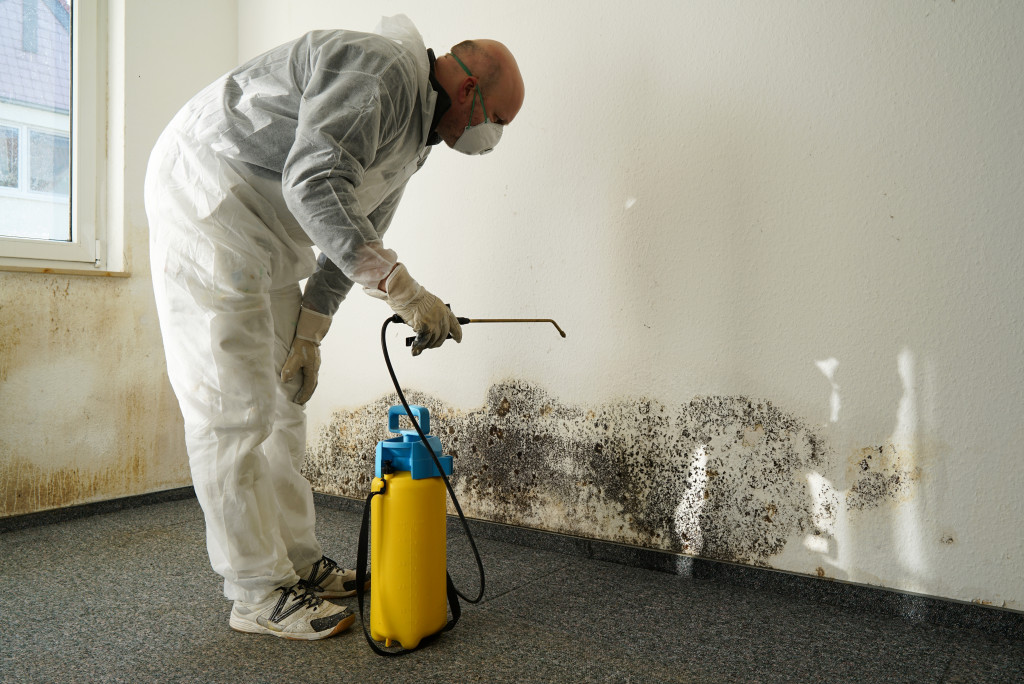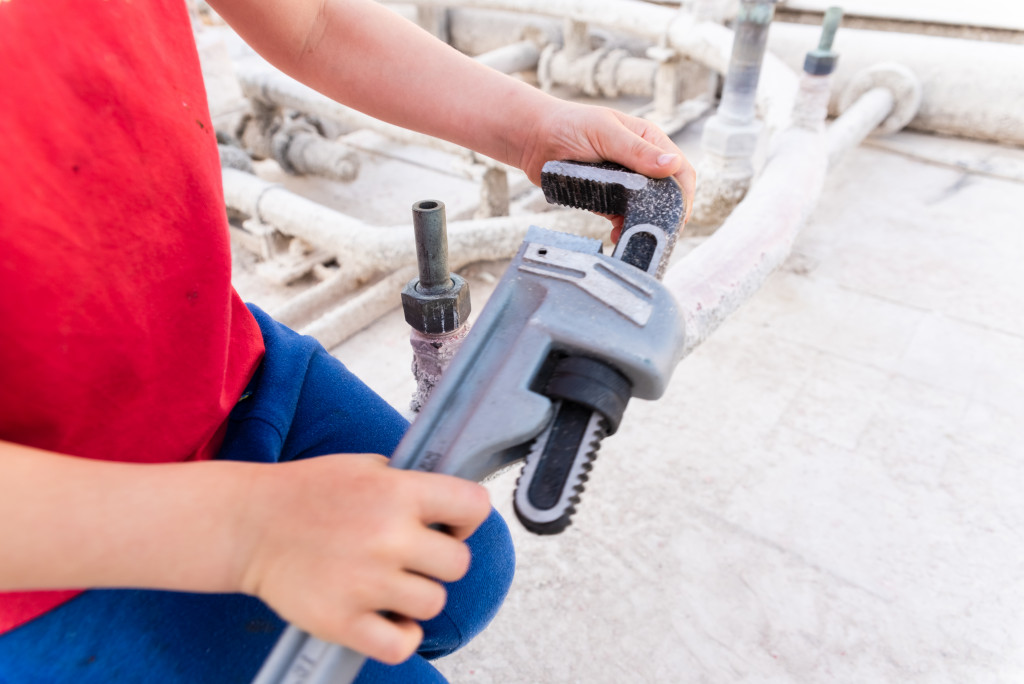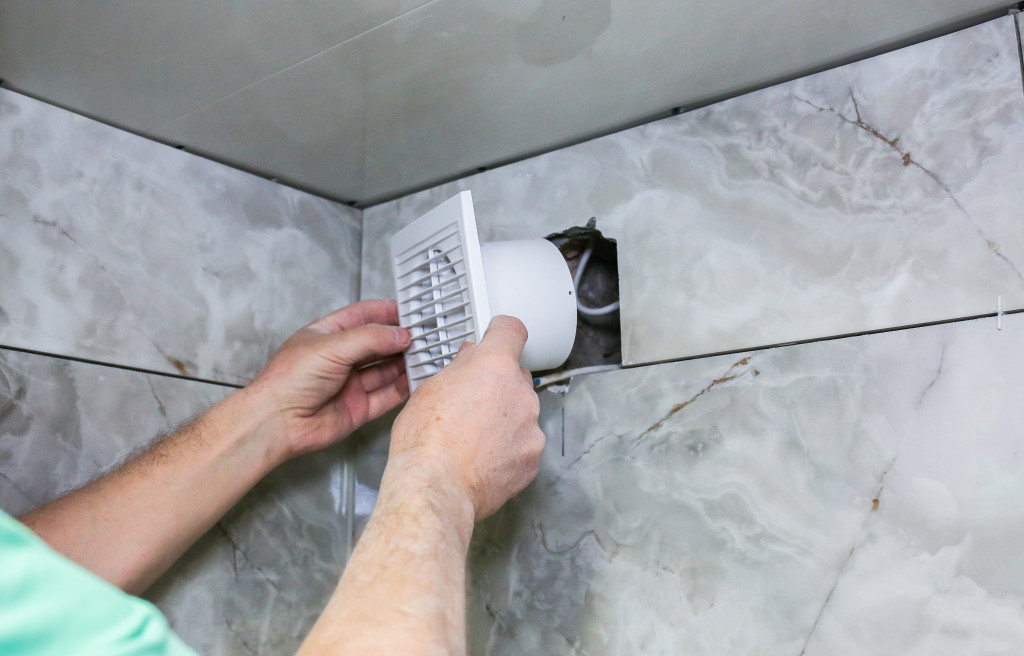• Mold and mildew thrive in damp places such as bathrooms and basements and can be exacerbated by high humidity levels.
• Poor ventilation can lead to bacteria and fungi growth and toxins such as carbon monoxide and radon gas.
• Poor water quality can lead to serious health issues like lead poisoning, gastrointestinal illness, skin irritation, and rashes.
• Inspections for these issues should be done regularly, and any necessary repairs or improvements should be made immediately.
Have you ever experienced a mysterious illness that never seemed to go away? It could be related to your home. Many homes have defects that can cause health problems for those living in them. This blog post will discuss some of the most common home defects that can lead to serious health issues.
Mold and Mildew
The presence of mold or mildew in your home can be incredibly dangerous and cause long-term health problems. Mold spores enter the air and spread throughout your home, leading to coughing, sneezing, wheezing, headaches, skin irritation, and other symptoms. In some cases, it can even trigger asthma attacks or allergic reactions in people with sensitivities.
Causes of Mold and Mildew
Mold and mildew can be caused by the home’s excess moisture, such as leaks or floods. It also thrives in damp places like bathrooms, basements, and other areas where humidity is high. Improper ventilation can also cause mold and mildew to grow. It also grows more quickly in humid climates.
Getting Rid of Mold and Mildew
The only way to get rid of mold is by thoroughly cleaning and drying the affected areas using professional-grade equipment and products. You should also inspect your home for any water damage, such as leaks, and repair them as soon as possible. You can check for damp spots, discoloration on walls, or musty odors. It’s also important to ensure adequate ventilation in areas with mold or mildew. The ideal humidity level for your home should be between 30% and 50%.

Poor Ventilation
Poor ventilation can contribute to a variety of health problems for homeowners. Without proper ventilation, your indoor environment will become stale and humid, creating an ideal breeding ground for bacteria and fungi harmful to humans. Poor ventilation also makes it difficult for toxins like carbon monoxide or radon gas to dissipate from your living space—exposing you and your family to dangerous levels of these substances over time.
Why is Your House Poorly Ventilated
Poor ventilation can be caused by several factors, such as the poor design of the home, weatherization efforts that are too tight, inadequate insulation in walls or floors, blocked vents and air ducts throughout your home, and a lack of exhaust fans. It could also be due to a lack of windows and other openings allowing air circulation.
Fixing Poor Ventilation Problems
The first step in improving ventilation is locating the problem’s source and making necessary repairs or improvements. This could include replacing old insulation, installing new windows and doors, unblocking vents and air ducts, or adding an exhaust fan to reduce moisture levels. Additionally, you can add vents and grilles to walls or floors for improved airflow. An improved airflow can help reduce the risk of mold, mildew, and other health issues such as headaches, fatigue, and respiratory problems.
Poor Water Quality
Water is essential for life. It is used daily for drinking, cooking, bathing, and cleaning. Unfortunately, poor water quality can lead to serious health issues if it is not properly monitored and treated. It could cause lead poisoning, gastrointestinal illness, and other serious health issues such as skin irritation and rashes.
What Causes Poor Water Quality
Poor water quality is caused by various factors, such as bacteria or chemicals in the water supply, improper maintenance of wells, or faulty pipes and plumbing fixtures that can lead to contamination. It could also be due to industrial waste runoff into the water supply or naturally occurring minerals like iron and manganese. Or, corrosion in pipes causes lead and other dangerous chemicals to seep into the water and causes the water to have an unusual taste, odor, or color.
Fixing Poor Water Quality
The most effective way to improve water quality is by having your water tested by a professional. They must perform an inline inspection to detect contaminants or other problems accurately. Depending on the test results, they may clean the pipes using pigging or chemical. They may also recommend installing a whole-house filtration system or other treatments to ensure your home’s water is safe and clean for your family. This includes reverse osmosis or ultraviolet light system to remove impurities from the water.

By making the necessary repairs and improvements to these common home defects, you can help reduce the risk of health problems for your family. It’s important to stay on top of issues such as mold and mildew, poor ventilation, and poor water quality to protect your loved ones from any potential harm.



